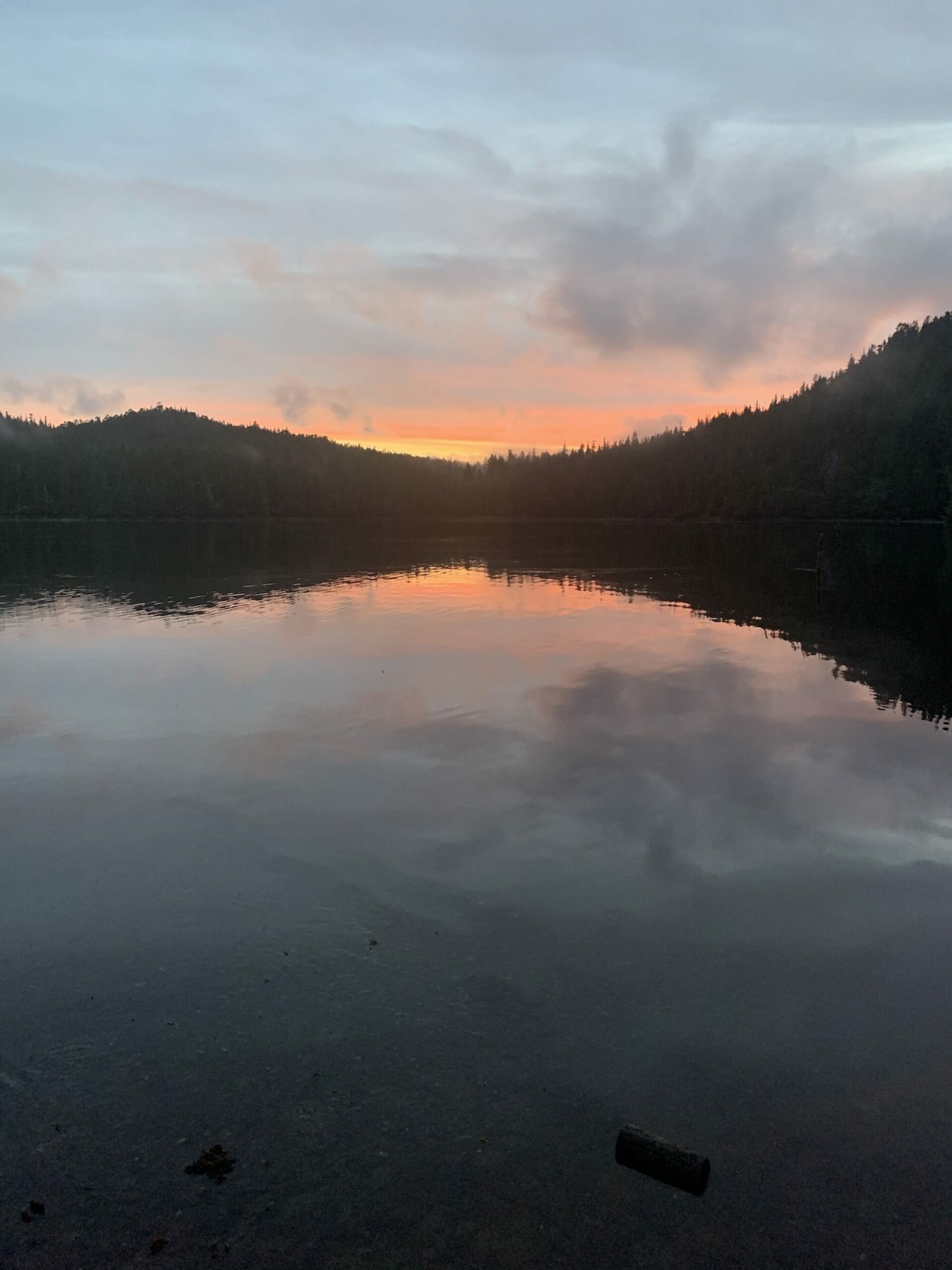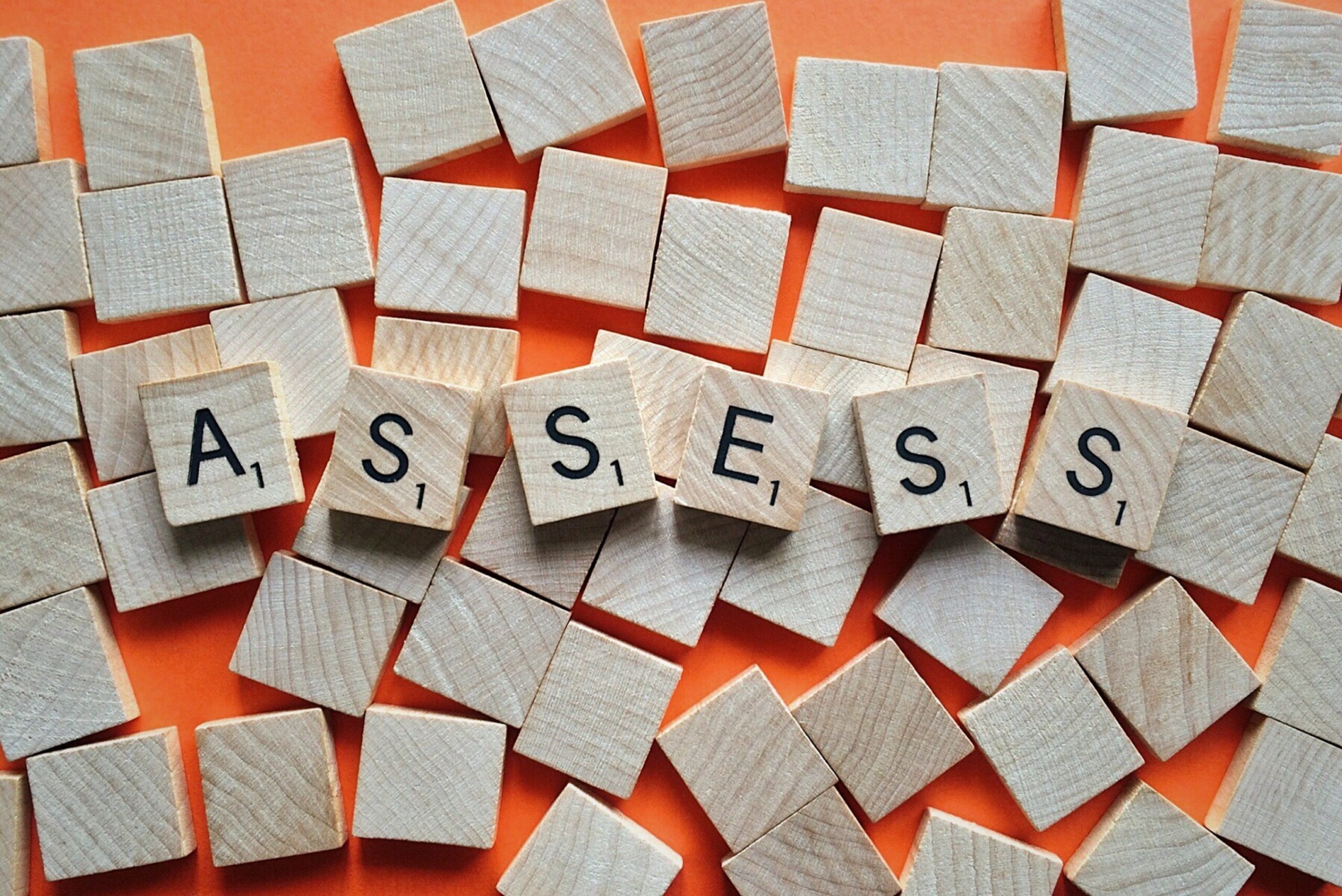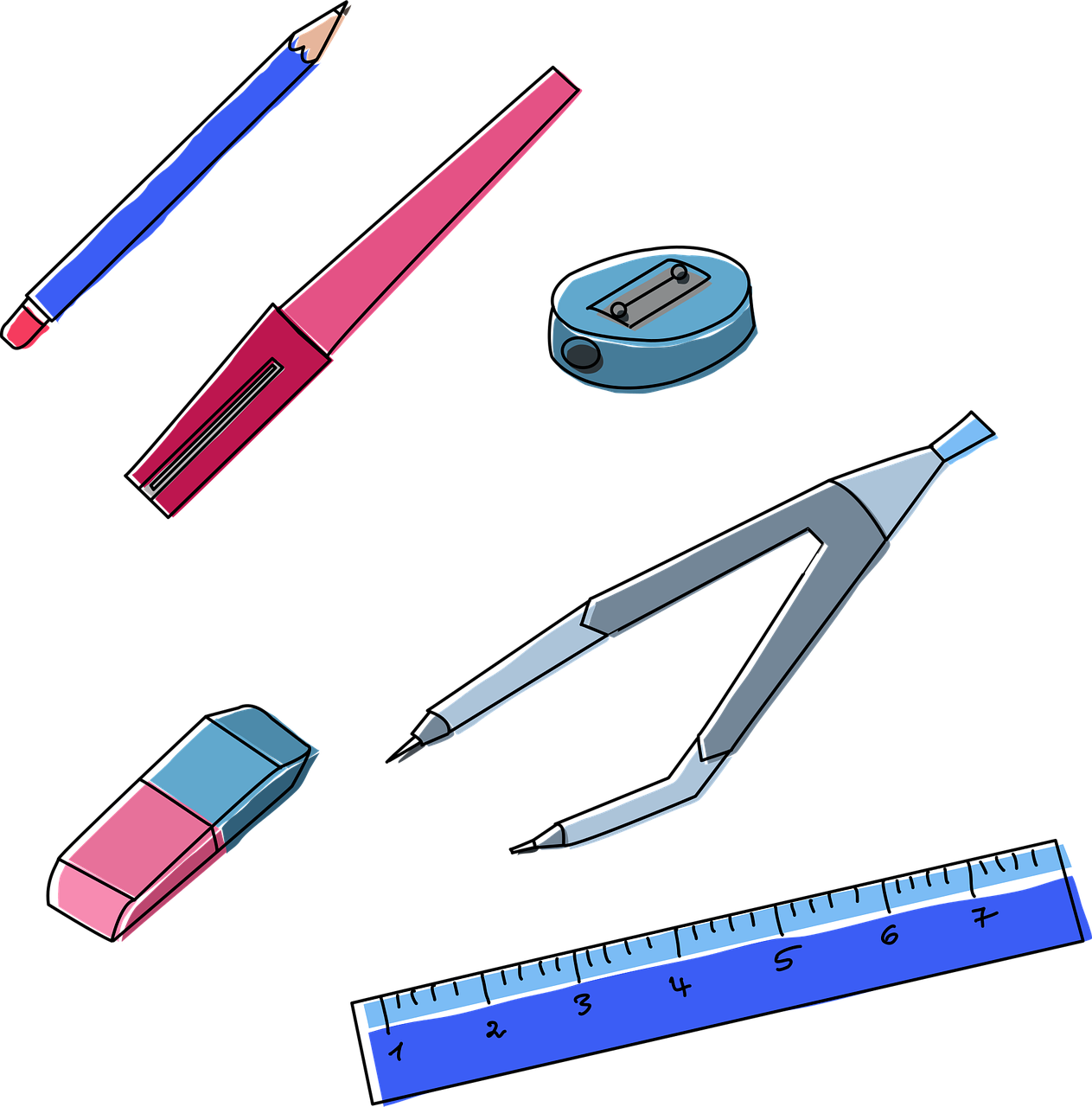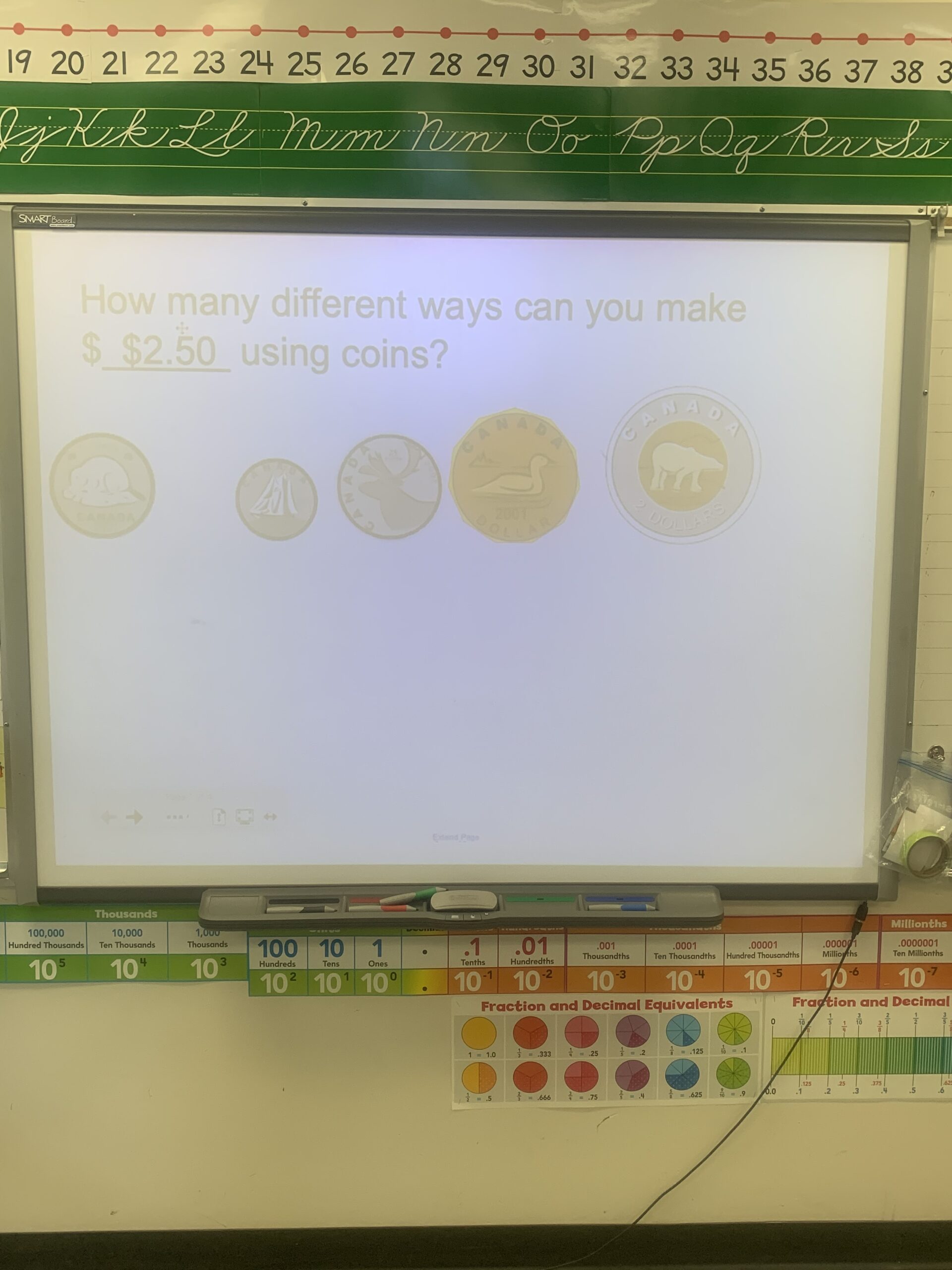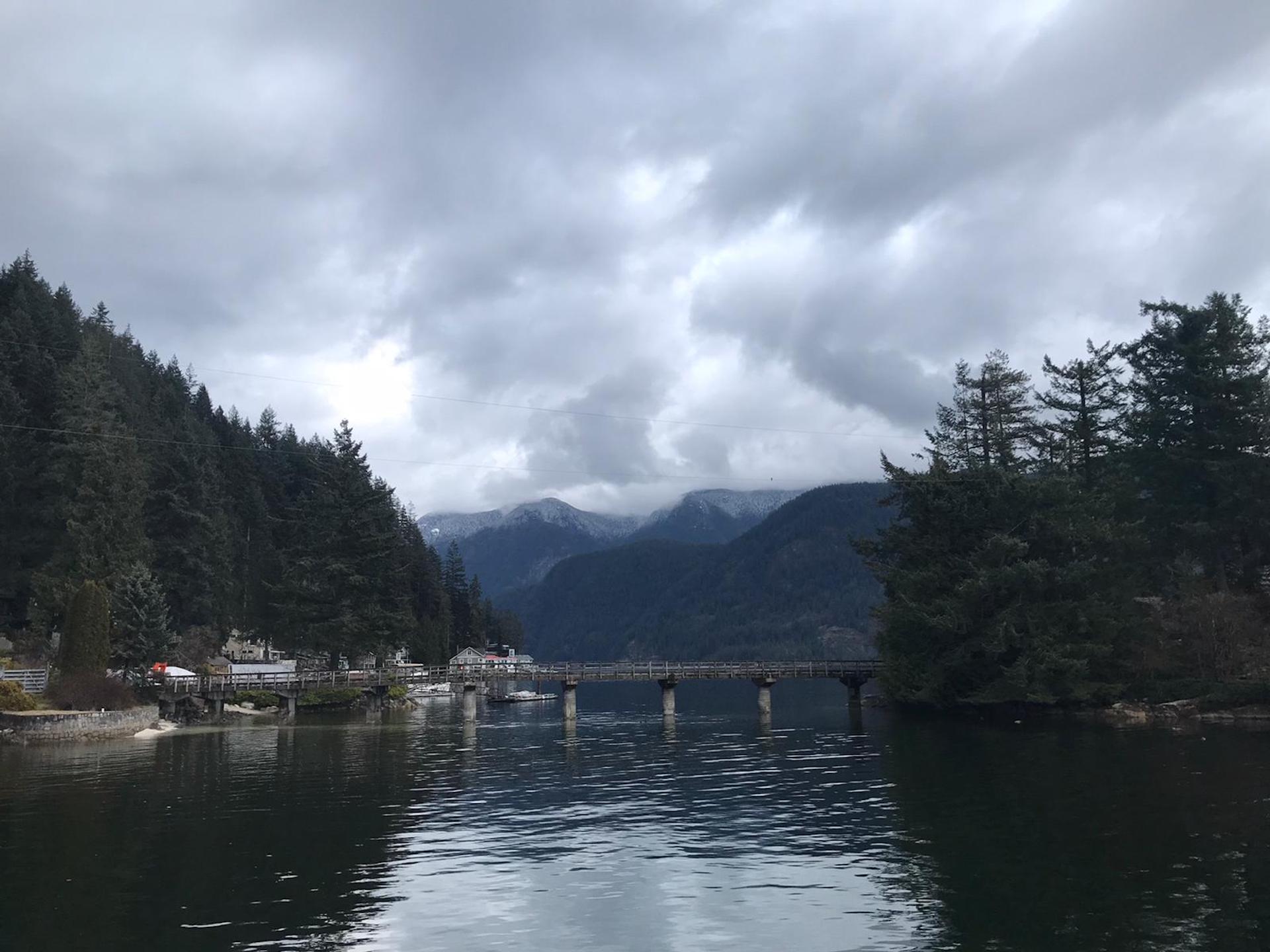I was immediately drawn to the creativity and joy that was evident in the initial Arts Common’s video, it first reminded me of my own experiences in the Interdisciplinary Expressive Arts Program in university as well as my own background as a dancer. I loved their initial message about examining how stories change as the medium changes and it made me thing ahead to third term and my class’s look at graphic novels in literature circles and one of the books I have selected, I have “Anne of Green Gables” as a graphic novel but fell in love with the original LM Montgomery text in elementary school and have since seen and participated in the musical as well as seeing it presented as a ballet and in various film and TV adaptations. Each medium does change the flow of the iconic LM Montgomery text, highlighting distinct parts while still keeping the loveable Anne at the center. While this is something I loved and brought me a lot of joy as a student I also realize that I do not do enough arts integration in my day-to-day practice.
The first connection I made between Arts Commons and the instructional practices we looked into last week was to interdisciplinary learning where creativity comes into play with student learning. “Simple creative play. That’s all we’re doing. But creative play is not simple: it provokes, nudges, calls, yearns, demands. Creativity is an exemplary teacher of all things useful to learn. It is the source of all of our human tricks, the root of every advancement, innovation, and folly. All of humanity is the result of the creative urge at play in the world.” (Laird, 2021) in his Interdisciplinary Expressive Arts (IDEA) courses Dr Ross Laird often discussed the importance of play in the creative process across the curriculum, from acting out various mythologies to telling our own personal journeys play was a huge part of the creative process. Play is something that stood out to me as part of the interdisciplinary nature of the work featured in the Arts Commons case study. In reading some of the questions on the Arts Commons webpage I was drawn to the question “how can creativity and innovation improve our quality of life?” (Arts Commons, n.d.). Questions of this nature are interdisciplinary students weave in learning from multiple subjects to create a rich and well rounded understanding.
My second connection was to experiential learning the arts are a rich sensory experience, it is impossible not to engage your senses in arts education, the feeling of the music vibrating through you, the textures of art supplies, the scratch of pens on paper, the swing of costumes. The arts are a whole-body experience. Experiential learning is described as when “students participate in community-connected learning experiences; reflect on those experiences to derive meaning from them; and apply their learning in various aspects of their lives,” (Ontario Ministry of Education, 2016). The arts also follow this cycle, learning as an artist is connected to a rich community who share a passion for creating in a particular medium and learn with and from each other in shared and independent experiences. To truly progress as an artist one has to take the time to reflect on their learning and experience and put it into practice in an on-going cycle that never ends no matter how experienced the artist is in a particular medium. The idea of the arts as experiential learning also focuses on the idea of process over product, working in a community of artists the focus is often on the stages of creation and creativity. Arts Commons involves students in a community of artists to connect with a creative community and build deeper connections through the arts.
- Is there a time when you have been a part of a community of artists? How did that affect your perception of your art?
- What do the arts look like in your classroom or school community? Is the focus on the experience and building a creative community or on the product?
- How do your students feel about the arts?
Bibliography
Arts Commons. (n.d.). Education The ConocoPhillips Hub for Inspired Learning. Retrieved from Arts Commons: https://www.artscommons.ca/learn-and-engage/education/conocophillips-hub
Laird, R. (2021, June 18). Creativity and the True Teacher. Retrieved from Ross Laird: https://www.rosslaird.com/articles/education/creativity-and-the-true-teacher/
Ontario Ministry of Education. (2016). Community-Connected Experiential Learning: A Policy Framework for Ontario Schools, Kindergarten to Grade 12. Ontario Ministry of Education.
